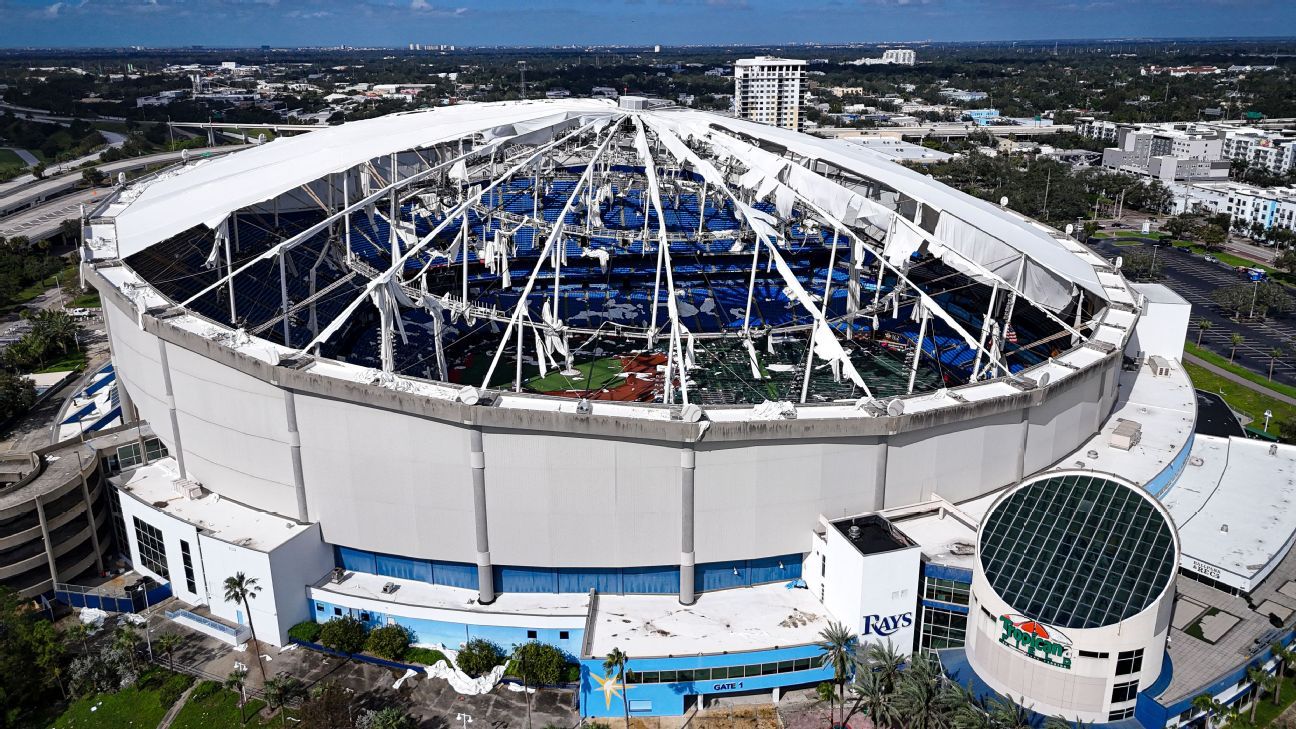
Squash Mad’s post-Covid analysis of the state of the game
By ALAN THATCHER – Squash Mad Editor
A global review of the effects on squash caused by the Covid lockdown is proving difficult to piece together because federation staff are trained to keep quiet about anything that smacks of bad news.
However, talking directly to club operators, it is easier to get a genuine response.
Some have reported that the end of lockdown resulted in a rush of enthusiastic players keen to get back in action resulting in record levels of court usage.
Others have revealed that many members enjoyed playing outdoor sports while squash courts were closed and failed to return.
One major commercial club, with fabulous facilities led by tennis, suffered a loss of £2 million which led to conversations about removing some of the squash courts to build back revenues by extending their fitness facilities.
Commercial clubs are run in a professional manner and will always make business-led decisions. Sadly, squash is often the first casualty during those discussions.
In the coming weeks Squash Mad writers will be talking to clubs and industry experts around the world to gain a global picture of where the sport stands in a (hopefully) post-Covid landscape.
Case study: Edinburgh Sports Club
The superb Edinburgh Sports Club houses one of the best squash facilities in the UK, but the sport has been hit hard by the pandemic.
Edinburgh hosts a superb annual professional tournament and has staged numerous other international events down the years, including the European Club Championship finals.
The European Masters Championships, postponed last year, will be staged at the club later this summer.
Edinburgh’s historic showcourt has seen some amazing sights down the years and is one of my favourite venues anywhere in the world.
However, squash numbers have failed to recover since the end of lockdown, during which period padel continued to grow.
While squash has suffered, padel has “gone mental” at Edinburgh according to club manager JJ Tait.
After constructing their first padel court in 2014, the club now has more than 300 padel members. And they have recently opened a third covered court to cope with the demand.
Tait says: “The growth of padel is absolutely mental. Prior to the coronavirus pandemic we had 650 club members across tennis, padel, squash and fitness.
“During lockdown we immediately lost 150 squash members who were unable to play indoors but we gained an extra 130 members who could play padel and tennis outdoors.
“We were blessed with glorious weather during the first summer of lockdown and that helped us a lot.
“Now we are up to 800-plus members with over 300 for padel. It is now our dominant sport. Squash figures have dropped from around 350 to below 200.
“It didn’t help that Sport Scotland had listed squash as an indoor contact sport. And that meant that squash was always going to be first on the list to be shut down.”
Tait and his team have revived a club that was in danger of folding just over a decade ago. He added: “Twelve years ago there were just 50 tennis members and things looked bleak.
“But the growth of padel has been sensational since we opened our first court in 2014.
“The padel mania up here is just mental. We have a beautiful club close to the city centre and the club is regarded as the home of Scottish padel.
“We love holding fun invitation events and last week we hosted visitors from Ayrshire and Middlesbrough.”
A stream runs through the grounds of this picturesque sports paradise in Belford Place and, while squash is still a prominent part of the package, a third padel court is certain to attract even more members.
COMMENT: Let’s hear what’s happening at YOUR club. Feel free to post your comments below.
Our sister site, The Padel Paper.
The growth of padel across the UK is “like the wild west”, according to reports on the new website The Padel Paper.
The game has reached saturation point in Spain and Sweden and investors from both countries are locked in a battle to build as many courts as possible in new territories.
The UK is one of the main target areas, but entrepreneurs are lining up to develop new markets across North America.
More than 400 fitness facilities have dropped squash in the past decade as pickleball courts have sprung up in every state.
Current estimates of current playing numbers in the USA puts squash at around 200,000 with pickleball exploding to almost five million in recent years.
Padel and pickleball are both vying for the title of “the world’s fastest-growing sport” as squash numbers continue to decline in most parts of the globe.
The PSA’s new marketing division, Squash Media and Marketing (SMM), has plenty of case studies in both emerging sports to investigate.
The emergence of outdoor squash courts with canopies is the first evidence of a response from the racket sports industry to find a new way to market squash alongside padel and pickleball.
Pictures courtesy of Edinburgh Sports Club















 Phone: (800) 737. 6040
Phone: (800) 737. 6040 Fax: (800) 825 5558
Fax: (800) 825 5558 Website:
Website:  Email:
Email: 






